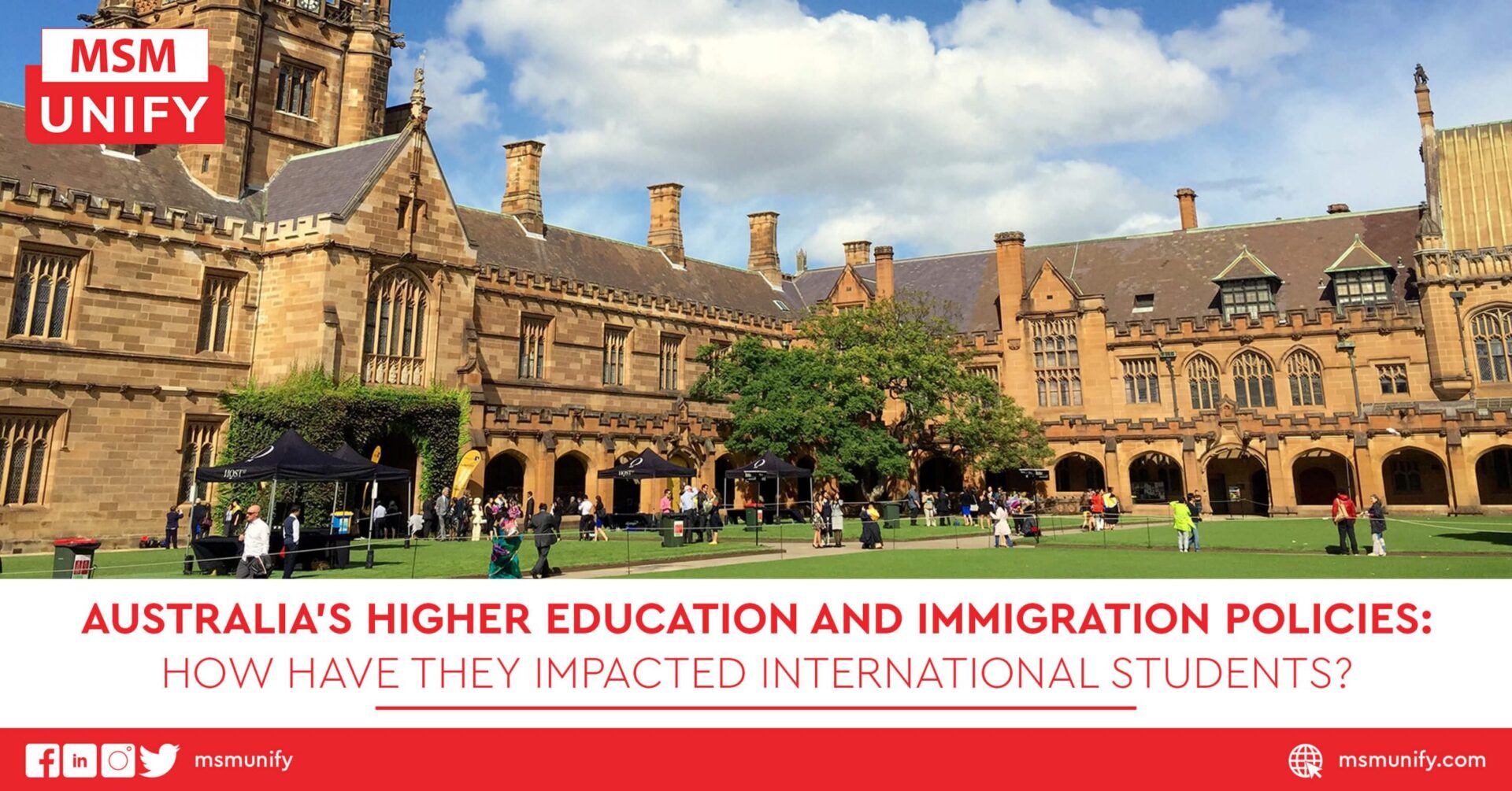Australia has been among the top international study destinations for the past several years. Yet the events brought about by the COVID-19 pandemic have dampened this trend. The closure of Australian borders to international students since March of 2020 in particular has made a significant impact on the country’s higher education industry.
Apart from the closure of Australian borders, however, a contradicting policy has left many international students confused—the recent move to extend foreign students’ working hours in order to fill a labor shortage. In addition to this, graduating international students who have been locked out because of the pandemic can now find employment as their work-study visas have been extended, according to the Australian Department of Home Affairs website.
KEY TAKEAWAYS
- Around 565,000 international students are uncertain regarding Australia’s international policy.
- The Australian government issued conflicting policies regarding international education and migration.
- These conflicting policies may affect the economy in the long run, particularly at the international education sector.
These conflicting rulings—being allowed to work yet not being allowed to enter the country—have not only left around 565,000 international students confused, say reports by Student International and SBS Hindi, but further dampened their dreams and hopes of ever returning to on-campus learning in Australia. It has not only affected their financial situation but also resulted in lost opportunities that could have been taken by studying in more open countries.
Then there are the losses to the higher education sector. There has been a 9 to 35 percent drop in enrollment among Australian colleges and universities from March 2020 to October 2021. The impact of the absence of international students is taking a toll not only on the Australian education sector, but the economy as a whole.
The aforementioned move by the Department of Home Affairs aims to address economic losses by temporarily allowing student visa holders to stay lawfully in Australia during the pandemic, as well as have extended work hours.
In April 2020, the department, along with the Australian Border Force, introduced a new visa SubClass 400 option that allows temporary visa holders, such as students, to lawfully stay and have extended work hours in the country in order to fill certain vacancies. This allowed student visa holders to work for more than 40 hours a fortnight (two weeks) in sectors such as agriculture, aged care, and public health.
At this point in time, the world, especially international students, are waiting to see what Australia’s next move will be, hoping that borders will be opened with clearer policies to go with it.
MSM Unify is your one-stop source platform connecting students, higher education institutions, and agents around the world. Sign up now to get the latest updates and information on international education.












